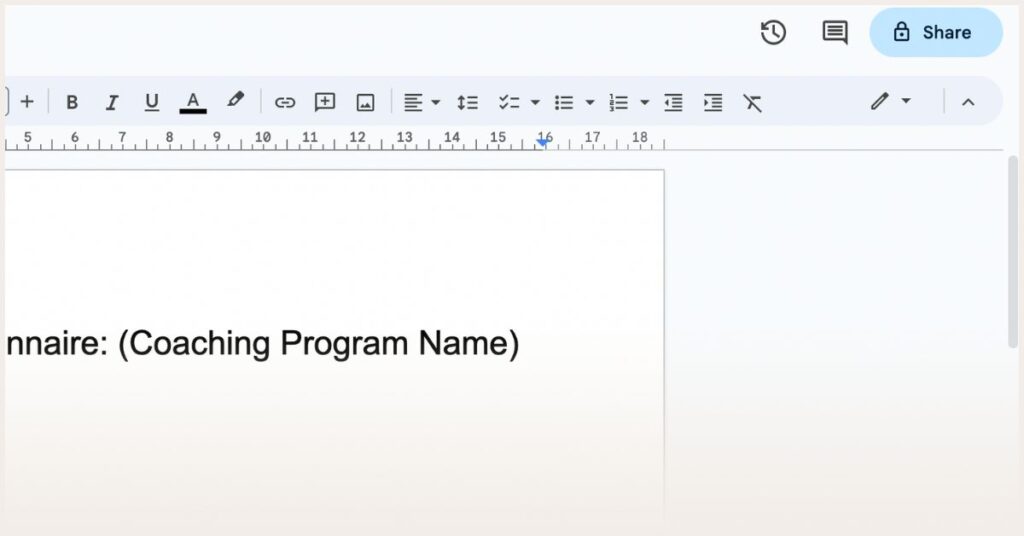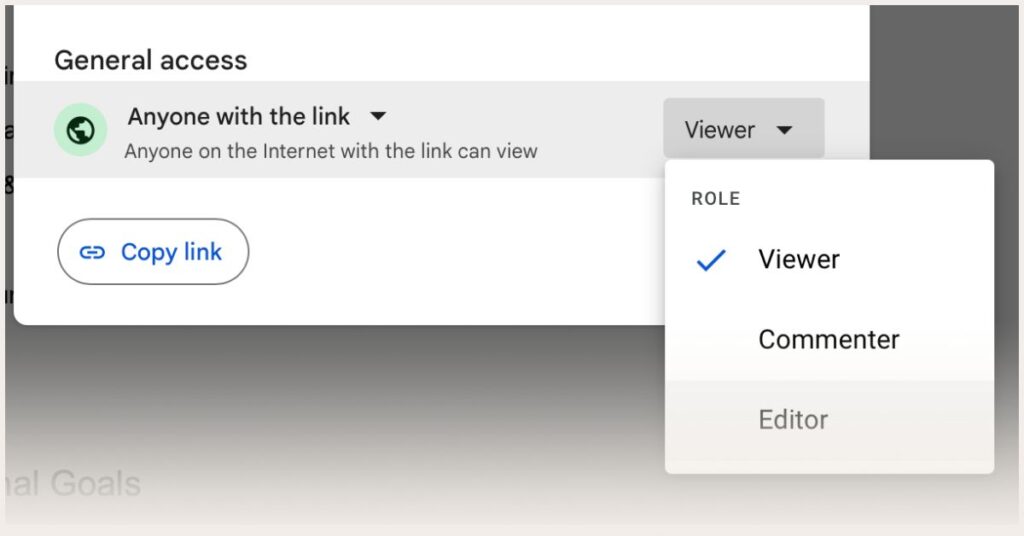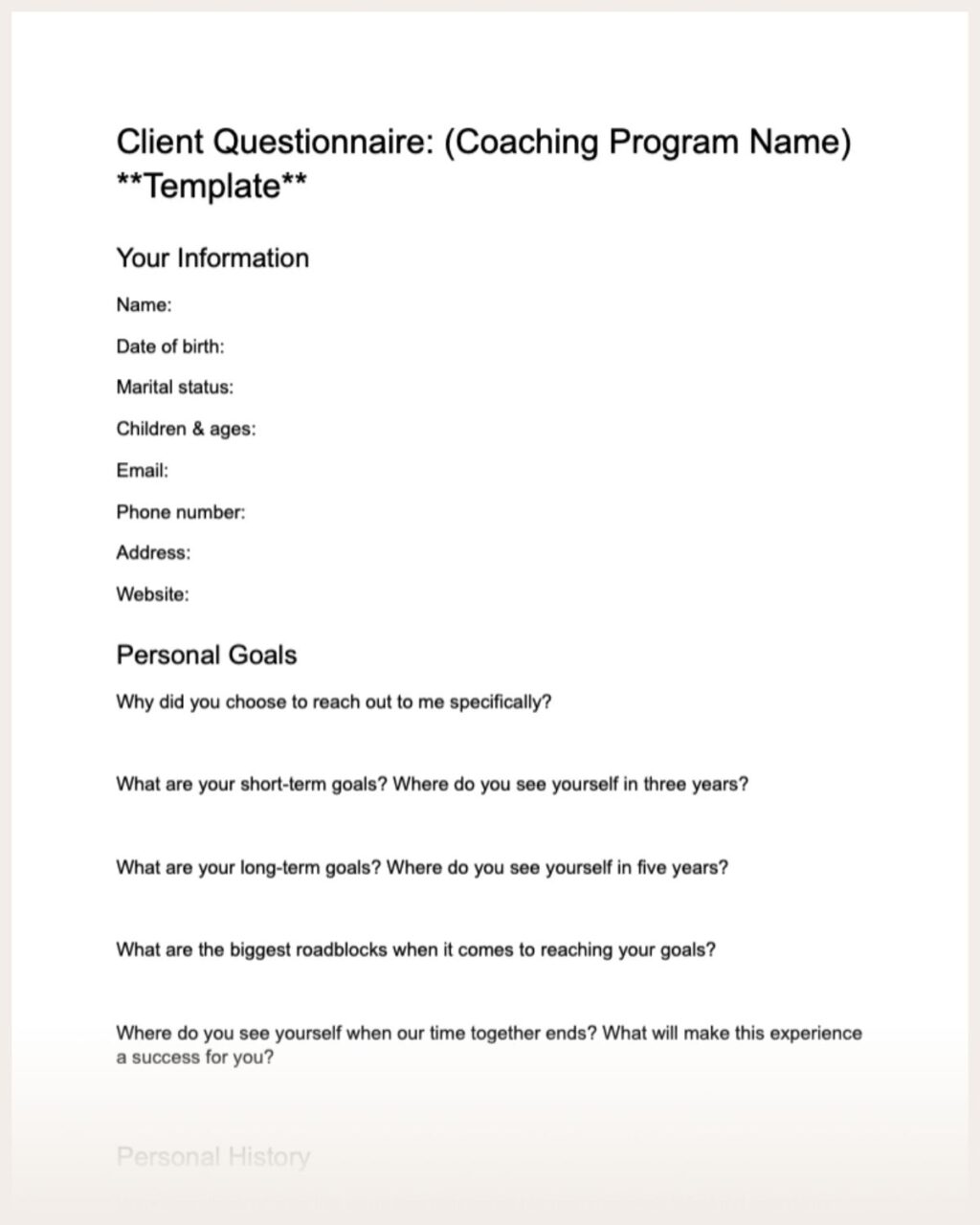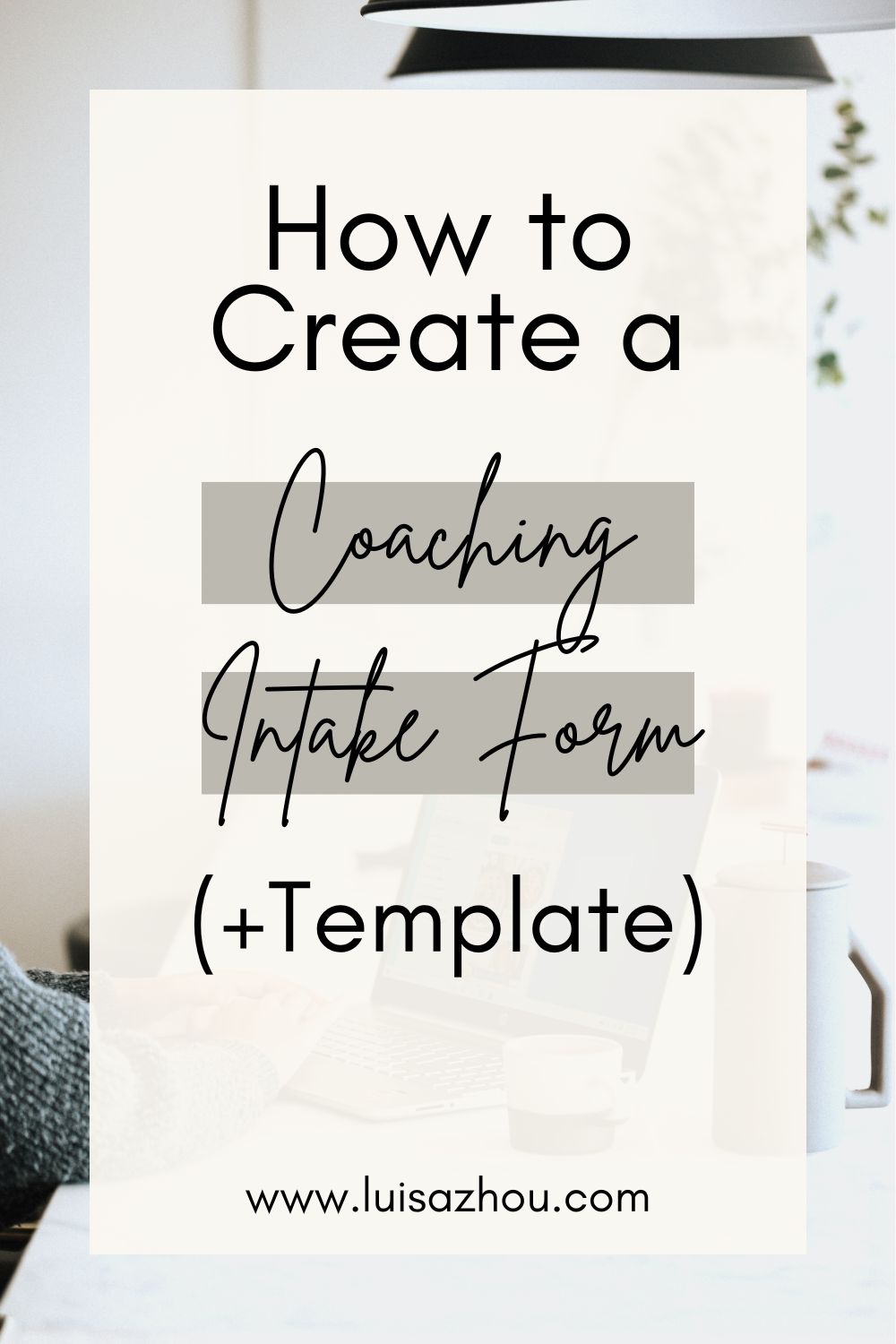Want to learn how to create a coaching intake form?
You’re in the right place. Today, you’ll learn what an intake form is, why you need one, and most importantly, what to include.
Let’s go!
What questions should you include?
How do you create an intake form?
Other steps to take to set up your coaching services
What is an intake form?
A coaching intake form is a form that your client fills out before your first coaching session together.
It gives you insight into:
- Who your client is
- What they need from you
- What matters most (and doesn’t matter) to them
- Where they’d like to be by the end of your time together
Simply put, a coaching intake form is an easy way to collect the type of detailed information that will help you determine the approach you’re going to take with a client.
At the very least, your coaching intake form should collect your client’s personal information, expectations, goals, and what type of services they need. But a good form gets more than just the basics and asks questions about a client’s likes and dislikes, expectations, and why they think they need a coach.
Here below, I’m sharing my own experience of having helped 1000s of clients start their own coaching businesses through my coaching programs. Read on!

Do I need an intake form?
Yes – having a good coaching intake form matters for both your prospective clients and your business.
Above all else, a thorough coaching intake form allows you to add as much value to your services as possible for each client you work with.
You already know how important that is – as a coach, the results you can help your clients get correlate with the coaching rate you can charge.
One of the best ways to support your clients is to map out weekly and monthly milestones. These milestones help your clients achieve subgoals and then, ultimately, their main goal.
And the information you get with a coaching intake form will allow you to map out each client’s journey ahead of time.
It starts as early as the first session.
Without a coaching questionnaire, it’s impossible to be truly prepared for your first session with a new client.
Instead, you’ll spend that time trying to get to know your clients and thinking of follow-up questions on the spot.
And chances are, they’ll pick up on this and leave feeling as though they didn’t get anything out of the session.
A coaching intake form helps you avoid this by ensuring you get all of the basics you need to help them ahead of time. It also standardizes the onboarding stage, something that helps you deliver a consistent experience for every client.
Further, a form sets the right expectations with your coaching and outlines what you and your coachee have agreed upon, both of which are crucial to the coaching experience.
On the business side of things, adding an intake form to your client onboarding process will help you create a repeatable and streamlined process – that type of standardization is something that you’ll be thankful you have as your business grows.
Get the Ultimate Guide
for building a
6-Figure Coaching Business so you can achieve more freedom!
When to share your intake form
When should you share your client questionnaire, though?
The easiest is to send a new client the coaching welcome form when you send them their contract. Ask them to fill it out before your first session to make sure you’re prepared for your first session.
Next, let’s take a look at the questions to include in your form.
What questions should be on a coaching intake form?
Now that we’ve covered what a coaching intake form is and why it’s important for every coach to have one, it’s time to explore the types of questions you should include.
What to ask on your coaching intake form
It’s crucial that you cover all of your bases on the questionnaire. A good number of questions is about 23-25 questions.
Naturally, that includes a client’s personal details – every questionnaire, regardless of industry, needs to gather those. Be sure to ask for your client’s:
- Name
- Date of birth
- Marital status
- Children & ages
- Phone number
- Address
- Website (if applicable)
But you do need to dig a little deeper on your intake form. Consider questions like the following:
- What are your long-term goals?
- Where do you see yourself in five years?
- What are your main motivations when thinking about those goals?
- What’s holding you back from reaching those goals?
- How can I support you?
- What does a successful coaching relationship look like to you?
Of course, your intake form questions will differ based on your niche. Let’s talk about some example questions for popular niches.
Life coaching intake form questions
When creating your life coach intake form, remember to focus your questions on your specific niche – not just life coaching in general. Your life coaching client is looking for a specific result, so offer them that.
A few questions that tend to work irrespective of niche are:
- What do you currently value the most in your life?
- What would you like your life to look like in one year? Three years? Five years?
- What has your biggest success been so far, and what did you do to accomplish it?
- What are three things that are keeping you from reaching your goal?
- On a scale of one to five, how would you rate the quality of your life?
But, as said, life coaching intake forms should focus on your core niche…and we’ll look at a few niches here below.
Health coaching intake form questions
Health coaches could include the following on their intake questionnaire:
- What are your three biggest concerns when it comes to your health and wellness?
- What, if anything, have you tried in the past to change your health and wellness? What worked? What didn’t?
- When you picture your best health, what do you envision?
- Why do you want to make these changes to your health and wellness now?
- What are three changes you’d like to work toward together?
Career coaching intake form questions
Career coaches could include the following on their intake form:
- What type of work environment excites you?
- What are your long-term career goals?
- When you think about your career, what has been your most fulfilling position? Why?
- What makes you stand out in the workplace?
- How long have you been in the workforce?
Relationship coaching intake form questions
Relationship coaches could include the following on their intake form. Remember, these can apply to any type of relationship, including partner, spouse, friend, and family member:
- What are the most challenging topics to discuss with your partner/spouse/friend/family member?
- Are there any repeating patterns that you would like to see change in your relationship with your partner/spouse/friend/family member?
- Have you and your partner/spouse/friend/family member been through any major life changes in the last two years?
- What are three things you admire about your partner/spouse/friend/family member?
- What type of activities do you enjoy doing with your partner/spouse/friend/family member?
Mindset coaching intake form questions
Mindset coaches could include the following on their intake form:
- What do you most want to achieve for yourself throughout your life and/or career?
- What are three things you feel that you’re tolerating in your life right now?
- What is the biggest change you’d like to make in the next three months?
- What is your current biggest frustration in your life?
- What do you feel most excited about in your life at this moment?
How do you create a coaching intake form?
So, we’ve covered what to cover in your coaching intake form. You’re almost there – now, you just have to figure out how to write your intake form.
How to structure your intake form
After collecting the basic information (name, date of birth, and so on), you can divide your intake form into three clear sections: The client’s goals, their personal history, and their coaching preferences.
Client goals
The first section is client goals. Because a client’s goals will be what guides your time together, understanding them is crucial.
Some questions you could ask to understand their goals include:
- Why did you choose to reach out to me specifically?
- What are your short-term goals? Where do you see yourself in three years?
- What are your long-term goals? Where do you see yourself in five years?
- What are the biggest roadblocks when it comes to reaching your goals?
- Where do you see yourself when our time together ends? What will make this experience a success for you?
Personal history
The second section covers your client’s personal history, which will give you a window into how they approach their everyday life. Having insight into things like any problems they’ve faced and overcome or life changes they’ve experienced will help you create a program that works best for them and provides the most value.
There are several effective questions you could ask, including:
- When you think of your life, what has been your biggest success? What did you do to accomplish it?
- When you think of your life, what has been your biggest challenge? How did you get past it? Or, if you didn’t, what stopped you?
- Have you put in work to reach your goals? What worked for you, and what didn’t?
- How would you describe the quality of your life?
Coaching preferences
And, finally, coaching preferences. Don’t leave this section out – it will help you understand how your client wants to be coached. The questions you ask will help you learn about what’s effective for them and how they prefer to communicate.
Get the Ultimate Guide
for building a
6-Figure Coaching Business so you can achieve more freedom!
Ask about things like:
- When working toward a goal, what motivates you? What hinders your progress?
- When faced with criticism, how do you handle it?
- How often do you need to review your progress? How would you like to review it?
- How can I best support you as your coach? What do you most need from me?
As you write the questions you’ll be including on your intake form, keep in mind that a client may or may not have explored coaching in the past.
Remember, detail is key! Emphasize just how important detail is to this process both when you send it to them and in the form itself. The more detail, the better.
You can set up your intake questions via Google Docs. While there are tools (such as Google Forms, Wufoo, Typeform, Cognito Forms, or Jotform) that help you create your form, I personally prefer the simplicity of managing all coaching intake forms through a simple Google Docs system.
To share your link, click on “Share” and then choose “General Access,” “Anyone with the link,” and select “Editor” so that your clients are able to edit your file and add their answers.


Finally, I’ve included a template you can use to quickly set up your intake form. In it, you’ll find all the questions and sections necessary to arm you with the knowledge you need for a successful first session with your new client.
Here’s the coaching intake form template!

And if you want to learn more about how to become an exceptional coach, take a look at my short video here:
Other steps to set up your coaching services
You need to take a few other steps to set up your coaching program.
First, a contract.
Fortunately, you can make this really easy for yourself and use a coaching contract template.
I share all the details in this post on coaching agreements.
The second step is a payment link.
Two good payment services are Stripe and PayPal. With these tools, you can invoice the full coaching price or monthly payments, depending on what your pricing setup looks like.
Send both of these at the same time as you send your intake form.
Get the Ultimate Guide
for building a
6-Figure Coaching Business so you can achieve more freedom!
Over to you!
There you have it! Now you know how to create a coaching intake form. Remember to focus on what’s most important: Your client’s basic information, goals, history, and coaching preferences.
Now I’d love to hear from you:
What’s your #1 question about intake forms?
Let me know in the comments below!
Read more:
How to create a coaching package
How to build a coaching business








